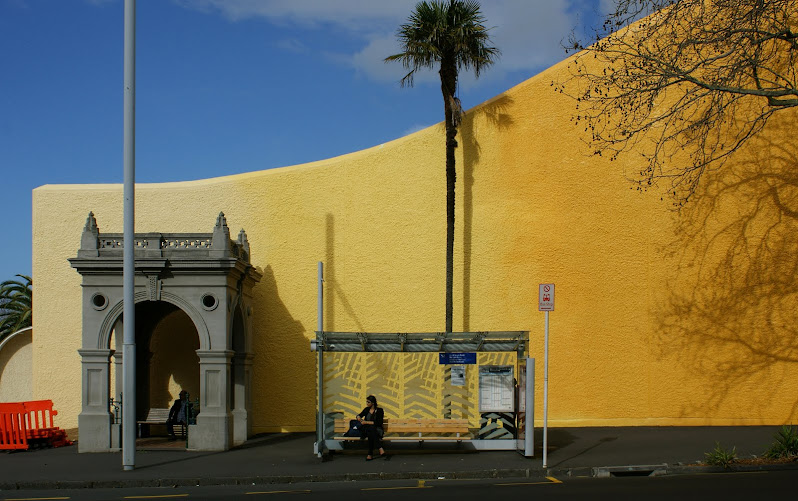 Right now, 32 ships and 730 crew are being held by Somali pirates (the figure was updated by this week's news of an Italian oil tanker hijacked).
Right now, 32 ships and 730 crew are being held by Somali pirates (the figure was updated by this week's news of an Italian oil tanker hijacked). With more than 600 reported attacks on ships in the past four years, massive economic damage has been done to already poor states along the E.African seaboard.
Piracy costs world trade NZ$30 billion a year. Many insurers won't cover ships that go anywhere near the piracy zone: ships must travel either via the Panama Canal (too narrow for the largest vessels) or the Cape (the route taken by virtually all NZ shipping). A group representing 75% of the world's tanker/container fleets has called on the UN for a naval blockade of Somalia and even demanded a multinational invasion to destroy pirate bases. But Somalia's long coastline makes a blockade impractical and, after the US Black Hawk Down Somalian fiasco, do ya really wanna try an invasion?
 The multinational naval Task Force 150 can't stop the plague (though attacks in the Gulf of Aden have halved), so US merchant ships have armed guards: security companies hire ex-Special Forces men as well as offering crew training in anti-piracy techniques. UK's Royal Navy is forbidden to confront pirates "for fear of breaching their human rights". OMG!!!
The multinational naval Task Force 150 can't stop the plague (though attacks in the Gulf of Aden have halved), so US merchant ships have armed guards: security companies hire ex-Special Forces men as well as offering crew training in anti-piracy techniques. UK's Royal Navy is forbidden to confront pirates "for fear of breaching their human rights". OMG!!! Hundreds of pirates have been arrested and then released without charge. The few who are convicted get less than the maximum sentence. In the Netherlands a year ago a Somali, having served his prison sentence, was granted asylum because home was considered "too dangerous to return to". WTF???
But thankfully some navies do have balls. Malaysia and Sth Korea recently went in with guns ablaze on successful operations. Kenya and Tanzania covertly operate a shoot-to-kill, take-no-prisoners policy. But the safest ships of all fly the Russian flag: their armed guards simply blow pirate boats out of the water and leave any survivors to drown. Attacks on Russian vessels have abruptly ceased. I have no problem with this, especially following recent reports of pirates using tortured hostages as shields.
So what can ships do themselves? One popular measure is to run barbed wire around the stern-rails. Then there are high-pressure water hoses. But highly effective is trailing steel cables behind: when a craft hits them, its propellers are ripped off. Many container ships now tow wire mesh behind them the size of a tennis court.
 Ingenious and cheap.
Ingenious and cheap. The pirates come from the coastal region of NE Somalia. They're fishermen but there're also many military deserters and, as the stakes climb, they've been joined by educated computer specialists and accountants. They buy the most up-to-date automatics and rocket-grenade launchers from Yemen. Their small attack craft operate from a mother ship, and they track their targets on top-quality GPS systems.
Ransoms are big business - NZ$300 million+ paid annually, most of it laundered through Lebanon. On a 'black' stock exchange, piracy proceeds are traded daily with foreign-based Somali investors staking their money on future ransom payments. The scale and thoroughness is so big that the pirates even bought currency-counting machines in Dubai, to check for forgeries.
But why did piracy explode? A report for the European Parliament says toxic dumping and illegal fishing has destroyed Somalia's fishing grounds. It names a Swiss and an Italian company, that signed contracts with warlords to dump 10 million tons of toxic waste along the coast in exchange for NZ$30 million. The UN notes "a high incidence of respiratory diseases in Somalia's coastal communities, indicating high levels of radiation". Given this evidence, it's no wonder they've found another way to survive: the pirates have little to lose and everything to gain.
But as their approach becomes more sophisticated and more heavily-armed, the Western response must be more decisive.
[see also my post of 03 March 2011...]




No comments:
Post a Comment